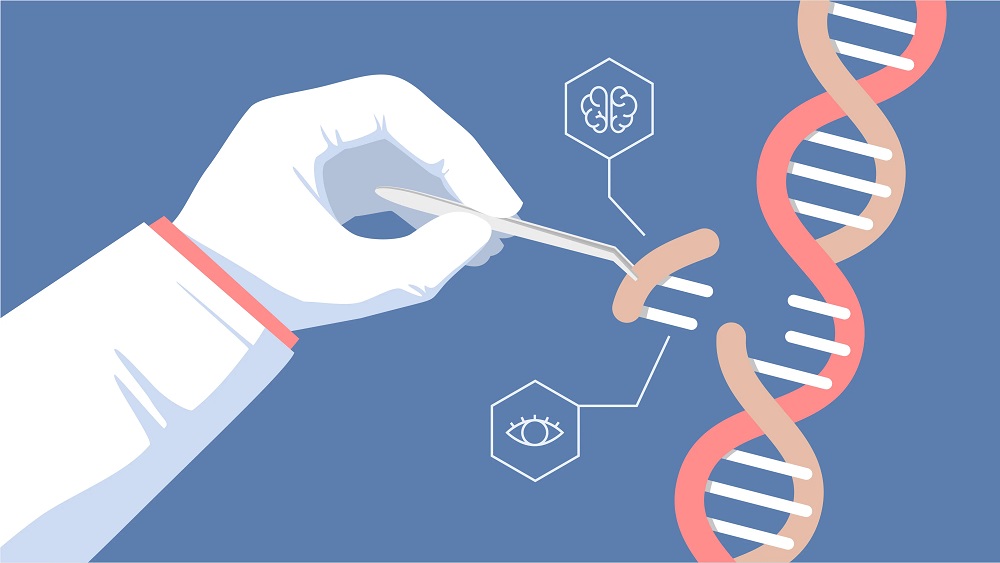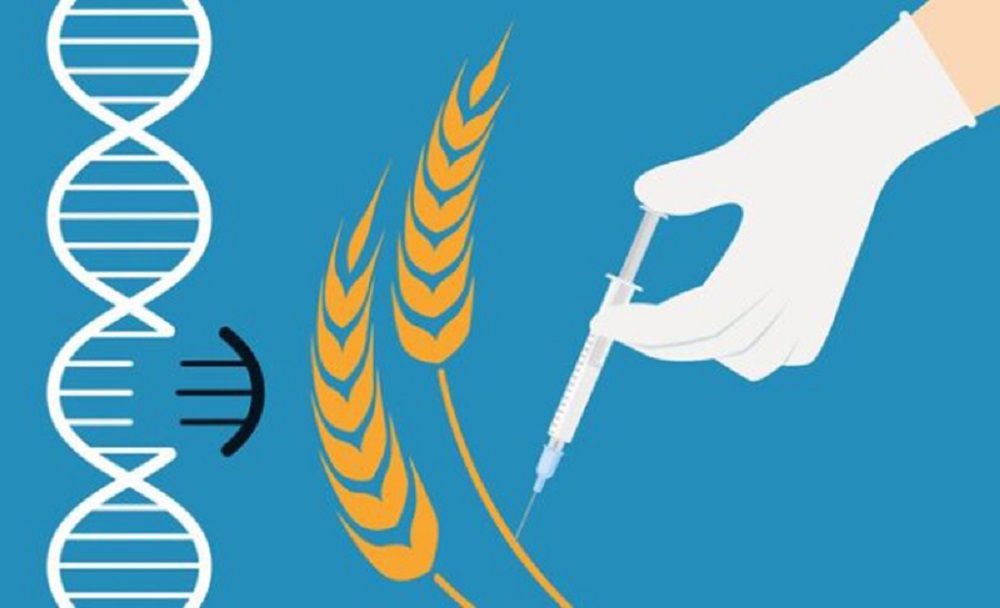The human genome is the genetic blueprint of an individual. It determines an individual’s physical and biological traits. In the future, genetic engineering could play a critical role in human health, agriculture, and technology.
Gene editing involves altering genes by using tools such as enzymes or machines to cut or paste genes. This technology is still very new and not well understood by the general population. However, genome editing has immense potential for improving human health and future generations. In this blog, we will cover everything you need to know about gene editing. We will touch upon its history, types, applications, risks, and future prospects of this technology.
What is gene editing?
Gene editing is the process of fixing or correcting mistakes in the genetic code of a living organism. It has the potential to revolutionize many fields, including agriculture, medicine, and forestry. Gene editing is already being used to create new animals and plants, as well as to improve human health. But gene editing has ethical concerns that need to be addressed before it can become more common.

So far gene editing has been used to correct genetic mutations in embryos, but it also has the potential to be used for human genetic modification. This raises important questions about its safety and effectiveness. Currently, there are no specific regulations for gene editing, so it is hard to know what the long-term effects of this technology might be. However, it is likely that gene editing will become commonplace in the future.
Given its many benefits, it’s essential that citizens become informed about gene editing and its potential risks so they can make informed decisions on how they use technology like gene editing in their daily lives.
Types of gene editing
Gene editing is a powerful tool that has revolutionized how we approach genetic mutation. Gene editing technology can be used to modify genes in a precise, targeted manner, which has the potential to provide better care for patients and lead to improved healthcare outcomes. Currently, gene editing technologies include CRISpr/Cas9, RNA interference (RNAi), TALENs, ZFNs, and HDR (high-density lipoprotein) gene therapy.
CRISpr/Cas9 is the most common gene editing technique used today. This technology works by cutting specific DNA sequences using a enzyme called Cas9. The enzyme recognizes and cuts the DNA strand at the target site with precision. The gene of interest is then inserted or deleted without affecting surrounding genetic material.
RNA interference is another gene editing technology that uses small interfering RNAs to interfere with gene expression. This technology works by inhibiting the expression of certain genes through target regulation of mRNA sequence. TALENs are a type of protein enzyme that uses a targeted scissors mechanism to cut DNA strands. ZFNs use proteins known as zinc fingers to cut DNA strands at specific locations with precision and accuracy. Finally, HDR (high-density lipoprotein) gene therapy uses modified versions of human leukocyte antigens (HLA) to deliver genes into cells with precision and efficacy. Each method has its strengths and weaknesses, but together they represent an exciting new frontier in genetic engineering
How gene editing works
Gene editing is a powerful technology that can be used to treat diseases, improve human health, and create new species of plants and animals. Since gene editing is a genetic modification, it is similar to traditional breeding techniques like cross-breeding or mutation breeding. Gene editing employs special tools called genome editors to target specific genetic sequences in a cell and make desired changes. These genome editors can be proteins, such as nucleases or enzymes, or small molecules called inhibitors. These genome editors can be used to make precise modifications to DNA sequences in cells.
Gene editing is already being used to improve crops and livestock by making genetic modifications that increase their traits of interest, such as disease resistance or increased growth rate. It is also being used by researchers to understand the role genes play in human health and disease. The future of gene editing looks very promising!
Potential applications of gene editing
Gene editing is a powerful technology that has the potential to revolutionize the future of human health and agriculture. For instance, gene editing can be used to treat diseases such as sickle cell disease and hemophilia, which are genetic conditions that cause severe disease and disability in affected individuals.
Gene editing can also be used to improve crop yields, by engineering crops to produce healthier compounds or withstand harsh environments. In addition, gene editing can be used to create novel animals and plants, including chickens with human genes and bacteria resistant to antibiotics.
Lastly, gene editing can be used to improve human health through regenerative medicine. For example, gene editing could be used to correct genetic mutations of blood cells in sickle cell disease patients or regenerate damaged cells in cancer patients. Additionally, gene editing holds great potential for improving the environment by engineering microbes and plants with genes that help them handle environmental stresses or sequester carbon dioxide more efficiently.
This technology has the power to transform how we approach genetic disorders and disease research, making it a key technology for the future of human health and agriculture.
Challenges and risks associated with gene editing
Gene editing holds great promise for agriculture and biotechnology. Gene editing is a powerful technology that carries with it many benefits, but it also comes with challenges and risks. The most prominent of these are safety concerns. Genetically modified organisms (GMOs) are the focus of many debates around gene editing technology, but this technology hasn’t been thoroughly tested in humans or animals. Also, gene editing is possible to generate genetic mutations that could cause disease or mutation, creating the possibility of unexpected consequences.
Another concern is the unauthorized access to gene-editing technology by individuals who may not have ethical or legal frameworks for handling this technology properly. The misuse of gene-editing technology could lead to unintended genetic modifications or mutations, which could potentially have harmful effects on human health or environment. Finally, gene editing isn’t without its environmental and social impacts. It may alter existing ecosystems or trigger unintended genetic changes within species that aren’t yet understood or known. Hence, while gene editing holds great promise for agriculture and biotechnology, it requires careful consideration and regulation by governments and organizations of all types.
What the future holds for gene editing
– Gene editing is a technology that allows scientists to precisely modify the genes of living cells. It has the potential to revolutionize human medicine, agriculture, and biotechnology.
– Many gene editing tools are already on the market, such as CRISPR-Cas9 and Taq-FED. These tools enable scientists to alter genetic codes with unprecedented precision.
– For example, gene editing can be used to correct genetic mutations that may cause disease or to add desired traits to crops.
– In just a few years of its existence, gene editing has gone from being an emerging technology to one that’s quickly becoming commonplace in scientific research. This is due to the efficiency and precision of gene editing tools and techniques.
Overall, gene editing is set to have a significant impact on the economy as a whole. Besides its uses in biotechnology, gene editing can be applied in other fields of science and engineering, such as synthetic biology and computer technology. This will lead to innovations that promise improved human life in ways we never imagined.
Conclusion
Gene editing also known as genome editing or genetic engineering is a technology that has the potential to change human history. It allows us to modify genes and change their function in order to treat diseases and improve human health. Gene editing technology is still at its infancy, but it is expected to revolutionize the future of medicine. Comment below if we have missed any aspect of gene editing that you feel would be beneficial for the medical fraternity to know. We look forward to reading your thoughts!





